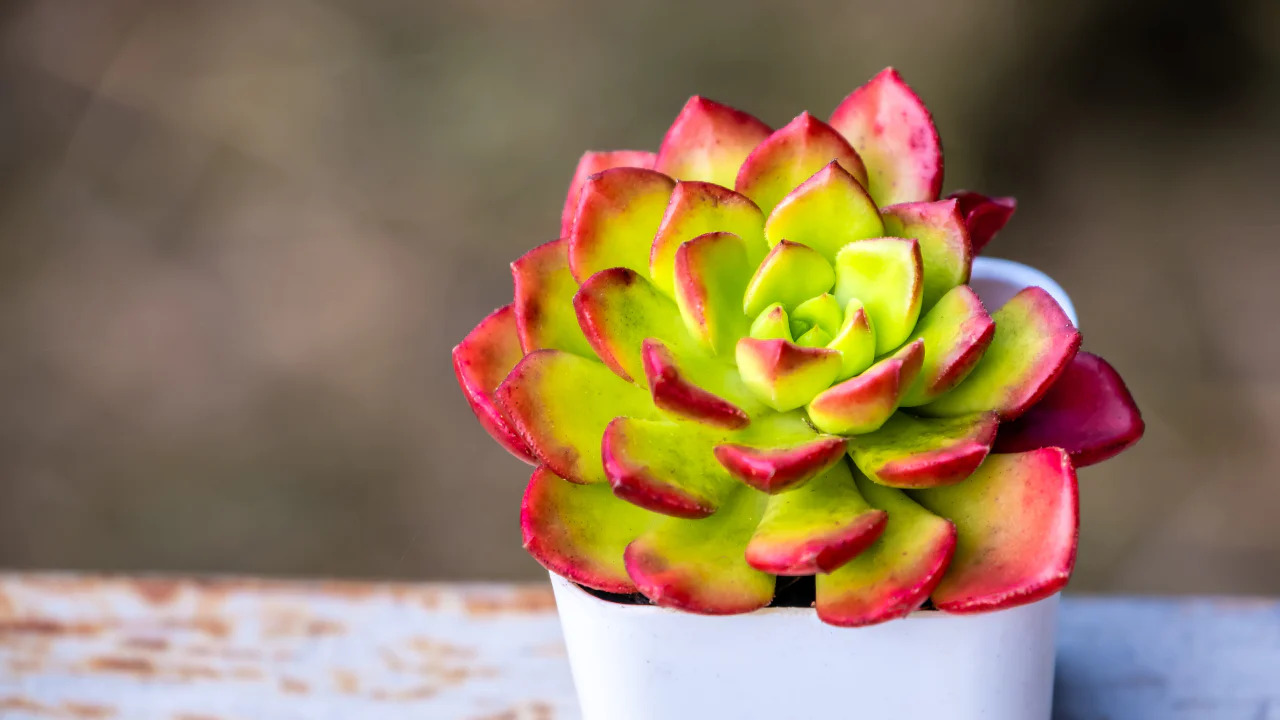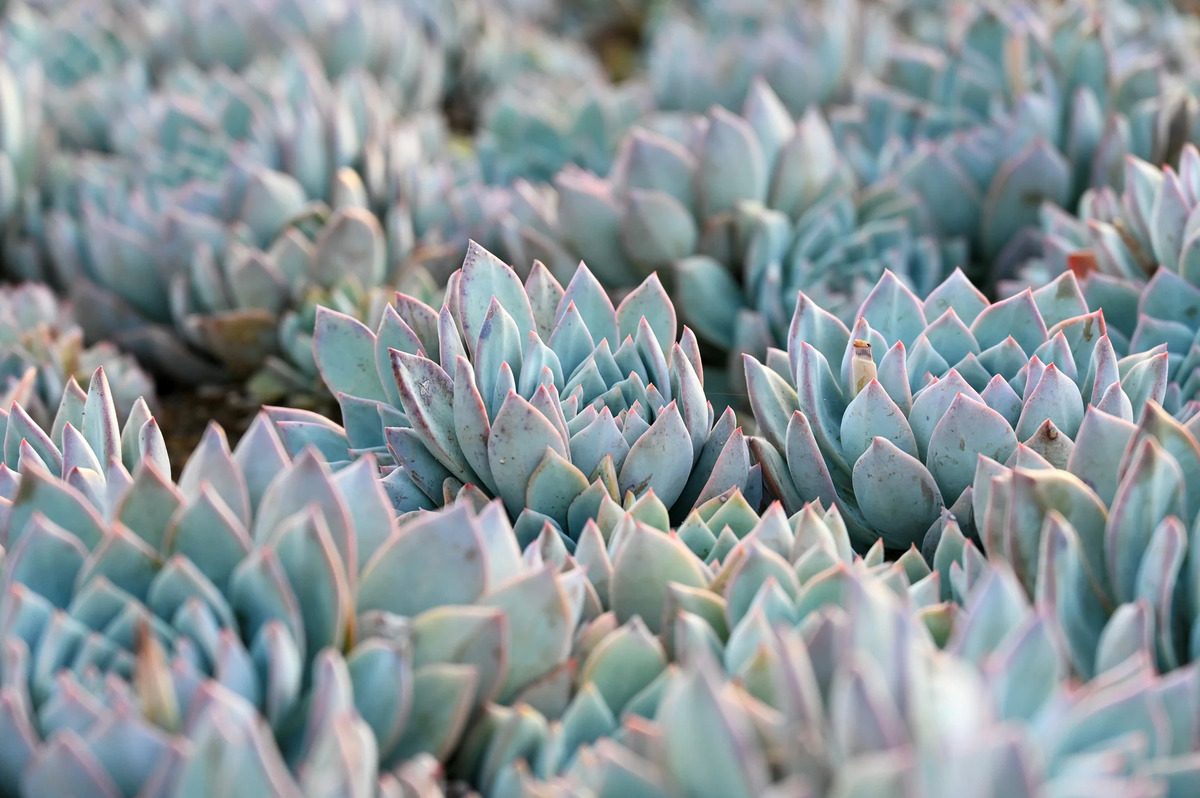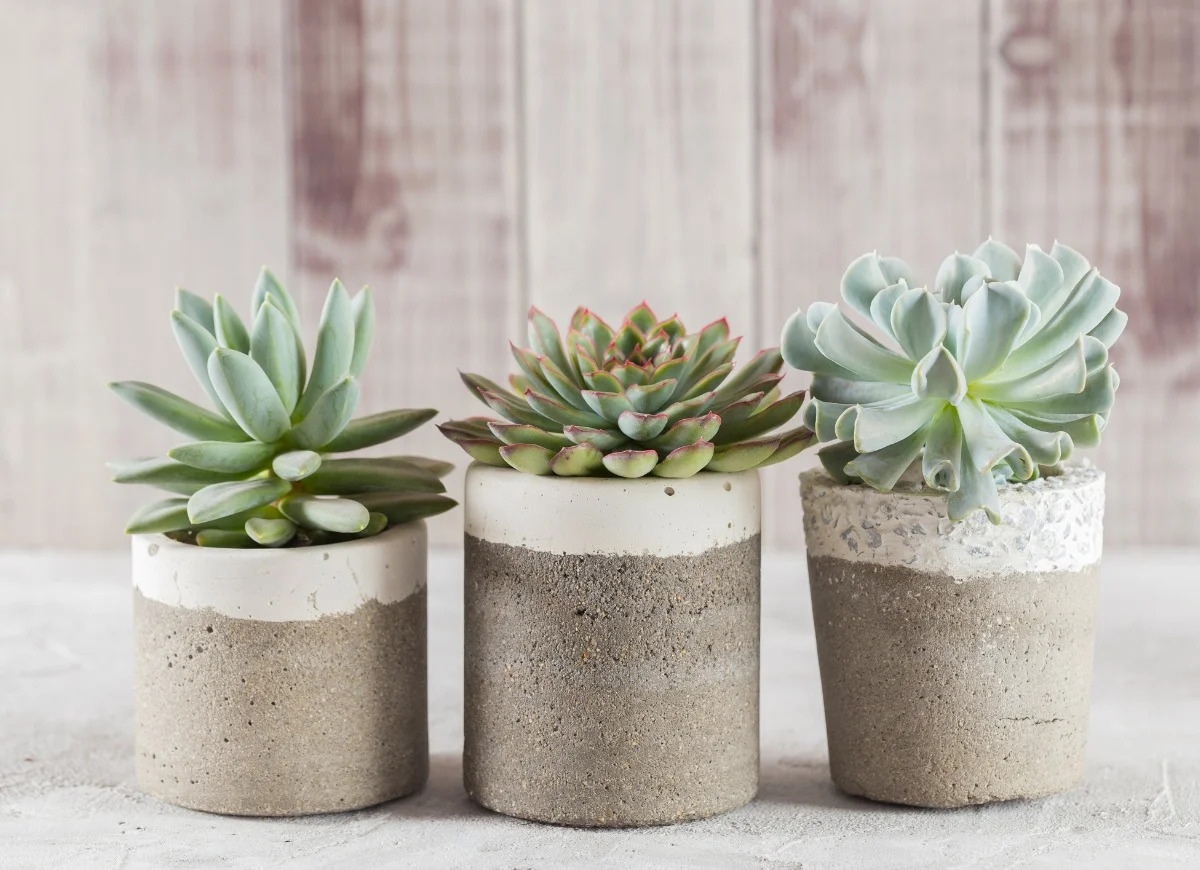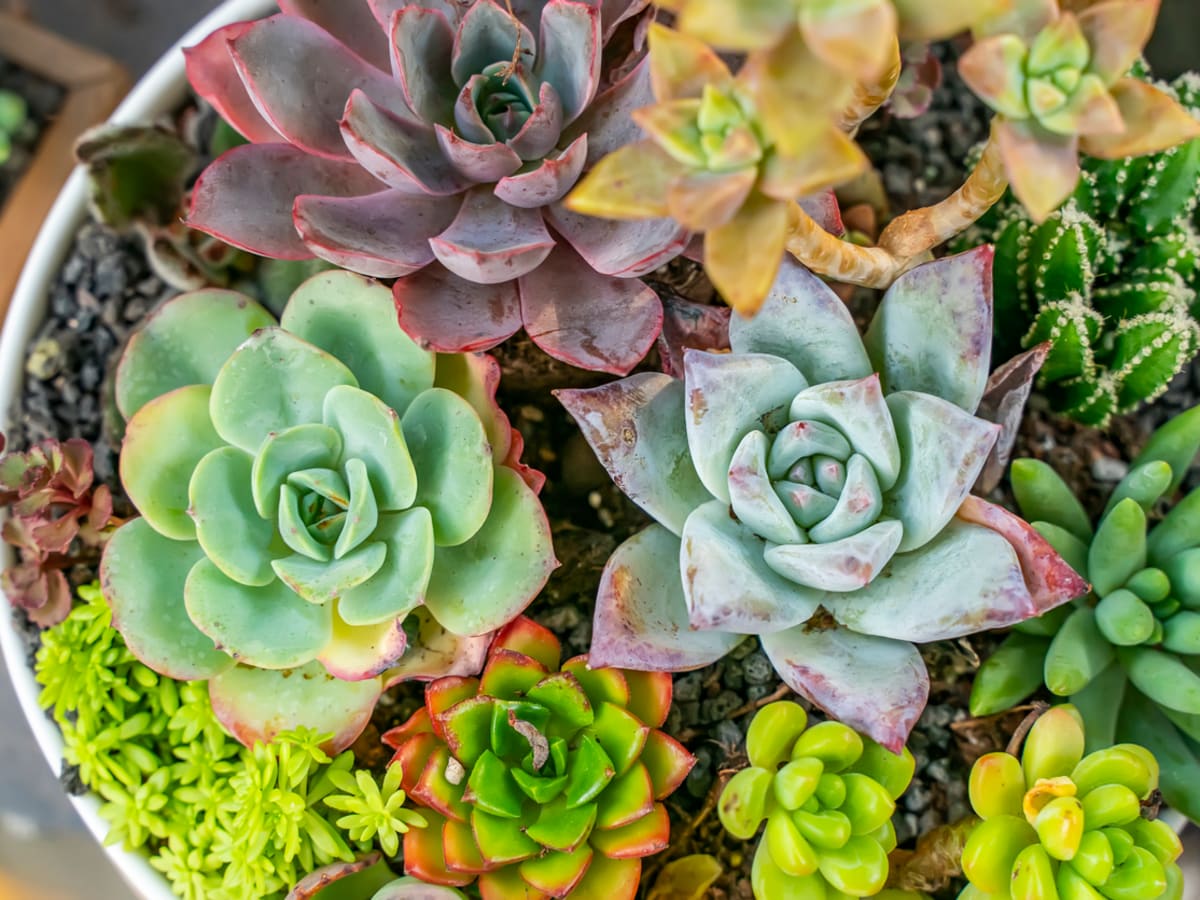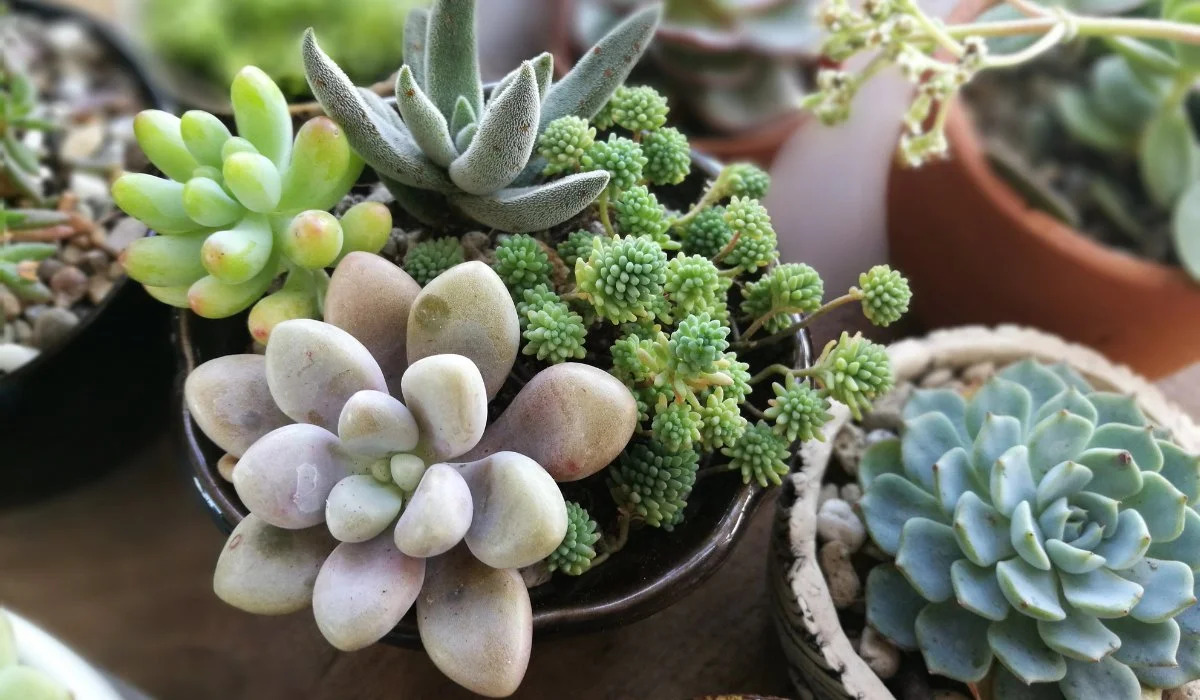Home>Types of Gardening>Ornamental Gardening>When Are Succulents Dormant
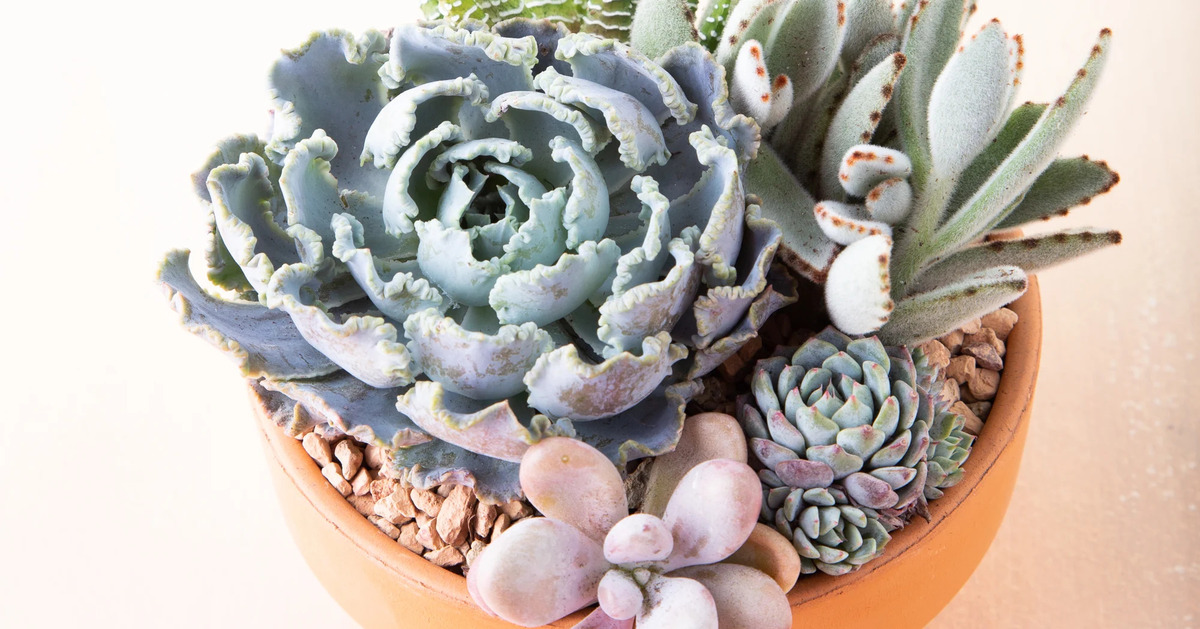

Ornamental Gardening
When Are Succulents Dormant
Modified: January 22, 2024
Learn when succulents go dormant and how to care for them during dormancy. Get expert tips for ornamental gardening.
(Many of the links in this article redirect to a specific reviewed product. Your purchase of these products through affiliate links helps to generate commission for Chicagolandgardening.com, at no extra cost. Learn more)
Table of Contents
Introduction
Welcome to the fascinating world of succulents, where nature's artistry meets gardening enthusiasts' admiration. Succulents have gained immense popularity for their stunning array of shapes, colors, and low-maintenance requirements. As ornamental plants, they bring a touch of elegance to any indoor or outdoor space, captivating hearts with their unique charm.
Succulents have become a beloved choice for both novice and seasoned gardeners due to their resilience and adaptability. Their ability to thrive in arid climates and store water in their fleshy leaves sets them apart from other plant species. However, understanding the dormant phase of succulents is crucial for ensuring their continued health and vibrancy. This article delves into the concept of succulent dormancy, shedding light on the factors influencing this phase and providing valuable insights into caring for dormant succulents.
Join us on a journey through the enchanting realm of succulents as we explore the intricacies of their dormancy and learn how to nurture these remarkable plants through every season.
What Are Succulents?
Succulents, often referred to as nature’s sculptures, are a diverse group of plants known for their ability to store water in their leaves, stems, or roots. This unique adaptation allows them to thrive in arid environments where water is scarce, making them well-suited for regions with dry climates. The term “succulent” is derived from the Latin word “succus,” meaning sap or juice, highlighting the plants’ characteristic moisture-retaining capacity.
These captivating ornamental plants come in a wide range of shapes, sizes, and colors, offering an endless array of options for gardeners and enthusiasts. From the iconic rosettes of Echeveria to the strikingly geometric patterns of Haworthia, succulents showcase nature’s remarkable diversity and artistry. Their architectural forms and vibrant hues make them a popular choice for both indoor and outdoor landscaping, adding a touch of elegance to any setting.
One of the most intriguing aspects of succulents is their ability to thrive in various environments, from deserts to mountainous regions, showcasing their resilience and adaptability. This adaptability has contributed to the widespread appeal of succulents among gardening enthusiasts, as they can be cultivated in diverse climates and conditions.
Whether adorning a windowsill, enhancing a garden bed, or serving as eye-catching centerpieces, succulents have carved out a special place in the world of ornamental gardening. Their unique characteristics and striking beauty continue to captivate plant lovers and inspire creativity in horticultural design.
What Does Dormancy Mean for Succulents?
Dormancy is a natural phase in the life cycle of succulents, during which they exhibit reduced metabolic activity and growth. This period is essential for the plants to conserve energy and withstand harsh environmental conditions, such as extreme temperatures or limited water availability. Succulent dormancy typically occurs in response to seasonal changes, with many species entering this restorative state during the winter months. However, the specific timing and duration of dormancy can vary depending on the species and environmental factors.
During dormancy, succulents may exhibit distinct physical and behavioral changes, such as slowed or halted growth, reduced water consumption, and potential color variations. These adaptations enable the plants to endure unfavorable conditions and allocate resources efficiently, ensuring their survival until more favorable growing conditions return. While dormancy is a period of rest, it is crucial for maintaining the overall health and vitality of succulents, preparing them for renewed growth and vigor when environmental conditions become conducive.
Understanding the significance of dormancy is pivotal for cultivating thriving succulents and promoting their long-term well-being. By recognizing the natural rhythms of dormancy and adapting care practices accordingly, gardeners can support their succulents through each phase of the growth cycle, fostering resilience and longevity in these remarkable plants.
Factors Affecting Succulent Dormancy
The dormancy patterns of succulents are influenced by a combination of intrinsic and extrinsic factors, each playing a crucial role in shaping the plants’ response to environmental cues. Understanding these factors is essential for effectively managing succulent dormancy and providing optimal care during this phase.
1. Day Length and Sunlight: The duration of daylight, or photoperiod, serves as a key environmental signal for triggering dormancy in many succulent species. Shorter days and reduced sunlight intensity during the winter months can prompt the onset of dormancy, signaling to the plants that it is time to conserve energy and slow down growth.
2. Temperature Fluctuations: Succulents are sensitive to temperature variations, and certain species enter dormancy in response to cooler temperatures. As the mercury drops, the metabolic processes of succulents slow down, allowing them to withstand colder conditions and minimize water loss through transpiration.
3. Water Availability: The availability of water in the surrounding environment directly impacts the dormancy patterns of succulents. In regions experiencing drought or reduced precipitation, succulents may enter dormancy as a survival mechanism to cope with limited water resources. Conversely, in more humid climates, the onset of dormancy may be influenced by factors other than water scarcity.
4. Species-Specific Traits: Different succulent species exhibit varying responses to dormancy, influenced by their genetic makeup and evolutionary adaptations. Some species may enter dormancy earlier or later in the season, while others may have specific triggers, such as temperature thresholds or day length requirements, governing their dormancy patterns.
5. Growing Conditions: The growing conditions provided by gardeners, such as the type of soil, container size, and exposure to environmental stressors, can also impact succulent dormancy. For example, succulents grown in containers may experience different dormancy cues than those planted directly in the ground, as containerized plants are subject to distinct microclimatic influences.
By recognizing and considering these influential factors, gardeners can tailor their care practices to accommodate the unique dormancy requirements of different succulent species, promoting their overall health and resilience throughout the changing seasons.
Signs of Succulent Dormancy
Identifying the signs of succulent dormancy is essential for understanding the physiological changes that occur in these remarkable plants during their restorative phase. By recognizing the subtle cues and adaptations exhibited by dormant succulents, gardeners can adjust their care routines and provide the necessary support to ensure the plants’ well-being throughout this period.
1. Reduced Growth: One of the most prominent signs of succulent dormancy is a noticeable slowdown or cessation of growth. During this phase, the plants allocate minimal resources to new growth, focusing instead on conserving energy and maintaining existing structures. New leaves, stems, or offsets may not emerge, and the overall development of the plant appears stunted.
2. Color Changes: Dormant succulents may undergo subtle color variations, often manifesting as a deepening or intensification of existing hues. For instance, the vibrant greens of certain succulents may transition to richer, more saturated tones, adding to the visual intrigue of the plants during dormancy.
3. Leaf Shedding: Some succulent species shed older or lower leaves as they enter dormancy, a natural process that allows the plants to shed excess foliage and redirect resources to essential functions. This shedding may result in a slightly bare or sparse appearance, particularly in the lower portions of the plant.
4. Water Conservation: Dormant succulents exhibit reduced water requirements, often displaying decreased thirst compared to their active growth phases. As metabolic activity slows, the plants’ need for water diminishes, and they may require less frequent watering during dormancy to prevent moisture-related issues.
5. Resting Buds or Nodes: Some succulent species develop dormant buds or nodes during their restorative phase, which serve as reservoirs for future growth. These dormant structures may appear as small, compact formations at the base of leaves or along stems, poised to initiate new growth when dormancy concludes.
By attuning themselves to these telltale signs of succulent dormancy, gardeners can adapt their care routines to provide appropriate conditions and support the plants’ natural processes, ensuring a smooth transition through the dormancy phase and setting the stage for renewed vitality when the growing season resumes.
Caring for Dormant Succulents
Proper care during the dormancy phase is crucial for maintaining the health and resilience of succulents, ensuring that they emerge from this restorative period ready to thrive once again. By adjusting their care practices to accommodate the unique needs of dormant succulents, gardeners can provide the necessary support for these remarkable plants as they undergo physiological changes and prepare for renewed growth.
1. Watering: During dormancy, succulents require less frequent watering, as their metabolic processes have slowed, and their water needs have diminished. It is essential to allow the soil to dry out more thoroughly between waterings, ensuring that excess moisture does not accumulate around the roots, which can lead to issues such as rot. Careful observation and moderation in watering practices are key to promoting the well-being of dormant succulents.
2. Light and Temperature: While dormant, succulents benefit from exposure to bright, indirect light and consistent, moderate temperatures. Providing adequate light, even during the winter months, helps maintain the plants’ vitality and prevents etiolation, a condition characterized by weakened growth and pale, elongated stems due to insufficient light. Additionally, maintaining stable temperatures within the plants’ preferred range supports their overall health during dormancy.
3. Minimal Fertilization: Fertilization should be minimized or suspended during the dormancy phase, as the plants’ reduced metabolic activity limits their ability to utilize nutrients effectively. Excessive fertilization during this period can lead to nutrient imbalances and potential stress on dormant succulents. Once the plants transition back to active growth, fertilization can be gradually reintroduced as part of their care regimen.
4. Pruning and Maintenance: Minimal pruning and maintenance are recommended for dormant succulents, as the plants are in a phase of rest and conservation. While some leaf shedding or natural senescence may occur, extensive pruning or manipulation of the plants should be avoided during dormancy to minimize stress and allow the plants to focus on internal processes.
5. Protection from Frost: For outdoor succulents in regions prone to frost or freezing temperatures, providing protection, such as frost cloths or temporary shelter, can safeguard the plants from potential damage during dormancy. Shielding succulents from extreme cold preserves their structural integrity and prevents frost-related harm, ensuring their continued well-being.
By tailoring their care approach to address the specific needs of dormant succulents, gardeners can nurture these resilient plants through the restorative phase, setting the stage for a seamless transition into the upcoming growing season and the resumption of vigorous, vibrant growth.
Conclusion
Exploring the nuances of succulent dormancy unveils the remarkable adaptations and resilience of these captivating plants. As they transition through periods of rest and rejuvenation, succulents showcase their innate ability to thrive in diverse environmental conditions, captivating enthusiasts with their unique beauty and charm. Understanding the significance of dormancy in the life cycle of succulents empowers gardeners to provide tailored care and support, nurturing the plants through each phase of their growth.
From the subtle signs of dormancy, such as reduced growth and color variations, to the careful adjustments in watering, light exposure, and maintenance practices, caring for dormant succulents is a testament to the harmonious partnership between nature and nurturing hands. By recognizing the factors influencing succulent dormancy and adapting their care routines accordingly, gardeners can foster the long-term health and vitality of these exceptional plants, ensuring they emerge from dormancy ready to flourish once more.
As we embrace the ebb and flow of the succulents’ growth cycle, we gain a deeper appreciation for the resilience and adaptability inherent in these botanical wonders. The journey through dormancy serves as a reminder of nature’s enduring rhythms and the cyclical nature of life, inspiring us to cultivate patience, attentiveness, and a profound connection to the natural world.
Through mindful care and an understanding of succulent dormancy, we embark on a shared journey with these extraordinary plants, witnessing their transformative transitions and celebrating their enduring beauty. As we tend to dormant succulents with reverence and care, we honor the timeless dance of growth and renewal, fostering a bond that transcends seasons and sustains the enduring allure of succulents in our hearts and gardens.


